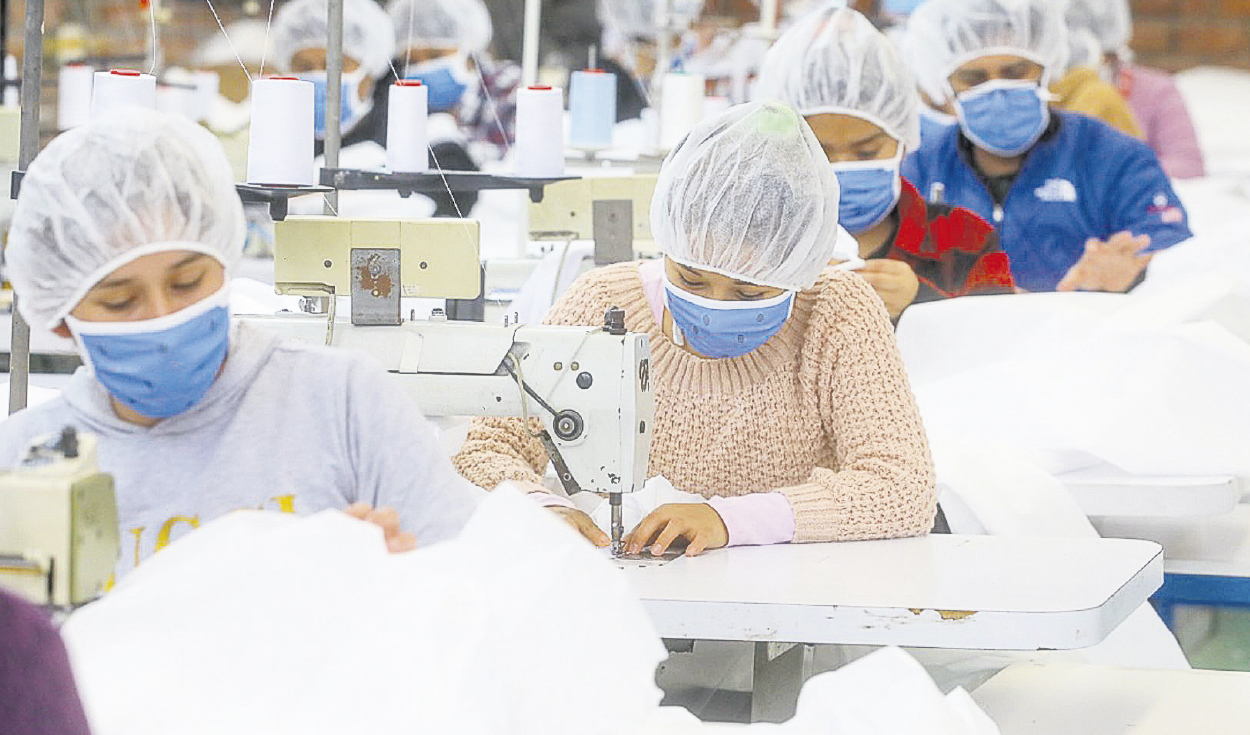
A sum of factors have come together so that the situation of Peruvian micro and small companies (Mypes) is critical and that since 2021, an average of 200,000 of them have disappeared.
The director of Mypes Unidas del Perú, Daniel Hermoza, maintained that, before the pandemic, there were around 2 million 400 thousand formal Mypes. But, according to statistics, now there are only 2 million 200 thousand; the rest do not appear.
The blow that the pandemic inflicted on the thousands of small businessmen was not the only one, later came the political instability of the government of Pedro Castillo and then the critical situation generated as soon as Dina Boluarte took office.
With all this, until now Mypes have not been able to compensate for the generation of formal employment. According to Hermoza, until October of last year, it was estimated that job creation had already equaled the pre-pandemic level. But, taking into account that during 2020, 2021 and 2022 new young people entered the labor market, It means that there is a cumulative number of jobs that should have been created to cover the demand of people looking for work.
According to Hermoza, all these indicators link the bankruptcy of the Mypes and the lack of job creation are directly related to the spread of poverty. “All of this has contributed to the disappearance of Mypes and one of the consequences is the increase in poverty in the country,” she said.
Hardest hit sectors
Tourism is one of the sectors most affected during the last three years. Tourists who before could afford to spend money planning trips abroad or internally, now think about it and prioritize their spending on basic needs. It was thought that this year there could be a faster recovery. But, the crisis and the strong social conflict that broke out since December 2022, did not allow it.
Another strongly affected sector is manufacturing (clothing). As an example, there is the figure given by the textile unions and that is that in the Gamarra commercial emporium, there was a massive abandonment of workshops that operated on the upper floors of the galleries. It is estimated that there were 10,000 businessmen.
Gamarra’s main enemy is garments from China that generate unfair competition.
The graphic industry is also in free fall. And at this point, there is the technological factor, because with the advancement of virtuality, information is increasingly preferred through digital channels rather than through printed ones. “It is a sector that refuses to die. But the State must make a reconversion business,” he explained.
They ask for alternatives
To improve the situation of Mypes, Hermoza pointed out that More resources are needed for the State to buy from small producers. “We need a consumer shock,” he said.
Hermoza also requested that the public sector comply with the commitments they have with Mypes. In the north, under the pretext of the climate crisis, they delay payment processes. It also happened in the south.
Another point is to improve competitiveness that allows them to access fair electricity prices, increase the funds that finance competitive funds such as Proinovate and Procompite.
Source: Larepublica
Alia is a professional author and journalist, working at 247 news agency. She writes on various topics from economy news to general interest pieces, providing readers with relevant and informative content. With years of experience, she brings a unique perspective and in-depth analysis to her work.












